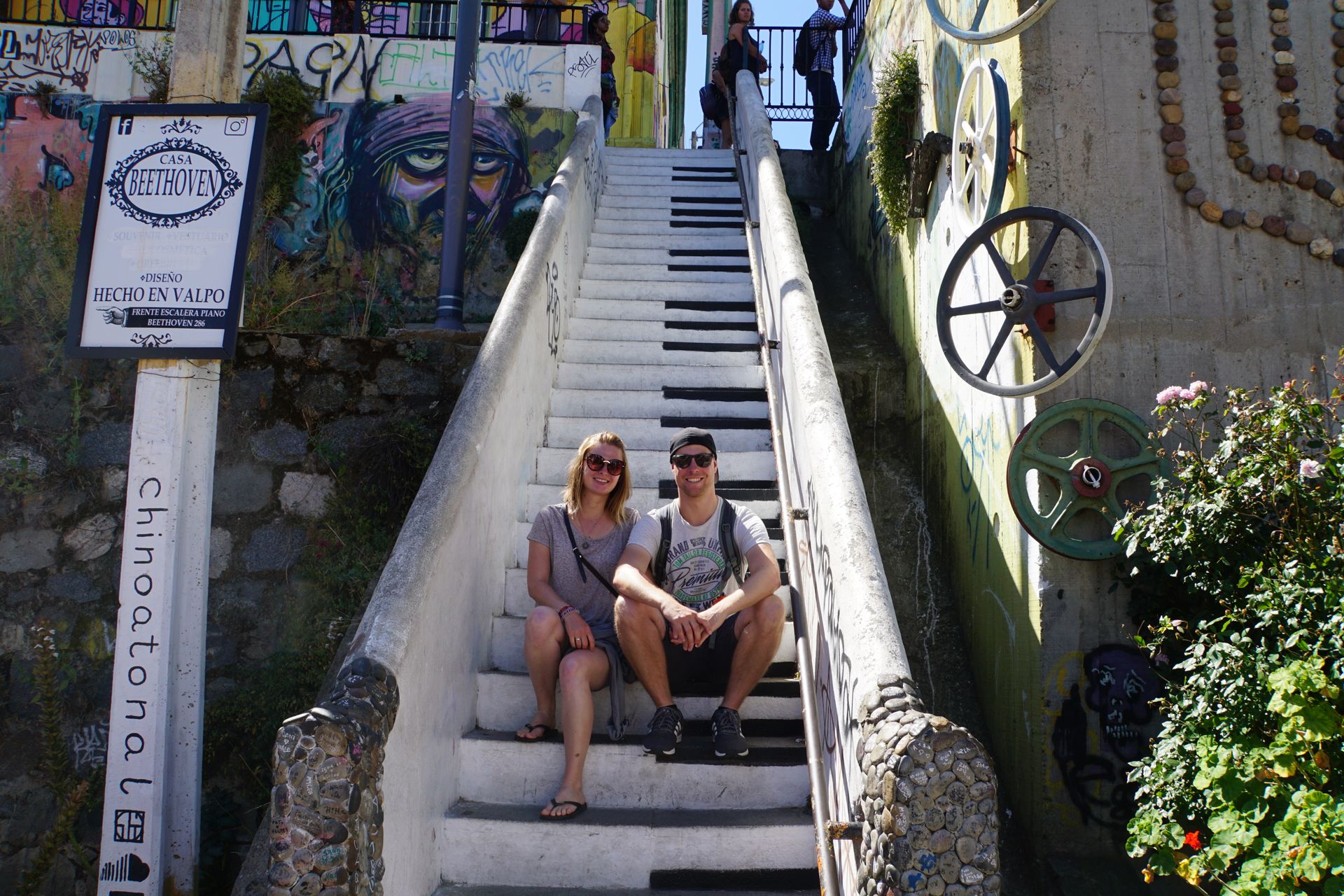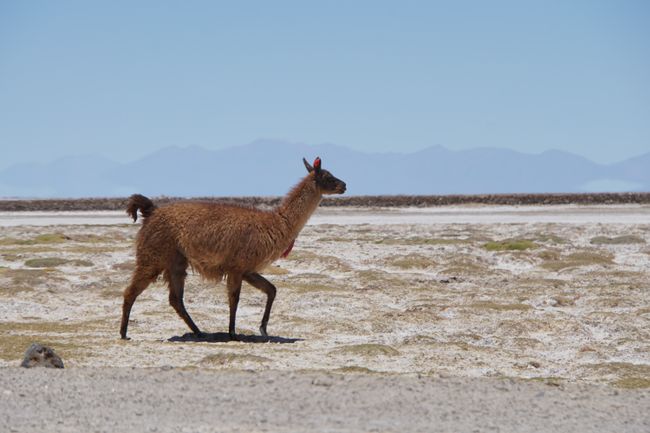Kuala Lumpur - two days in Malaysia's capital city
ޝާއިޢުކޮށްފައިވެއެވެ: 01.04.2019
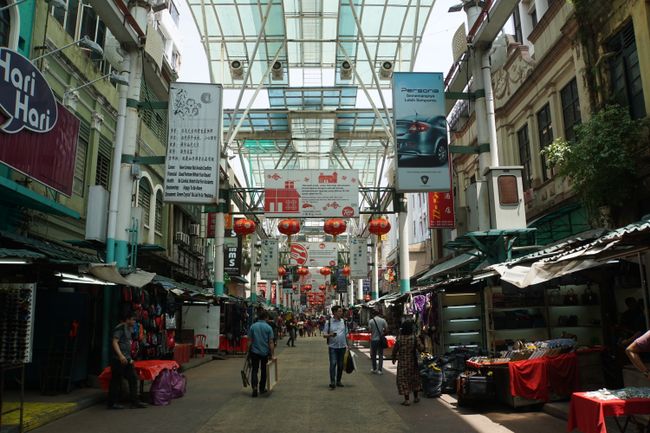
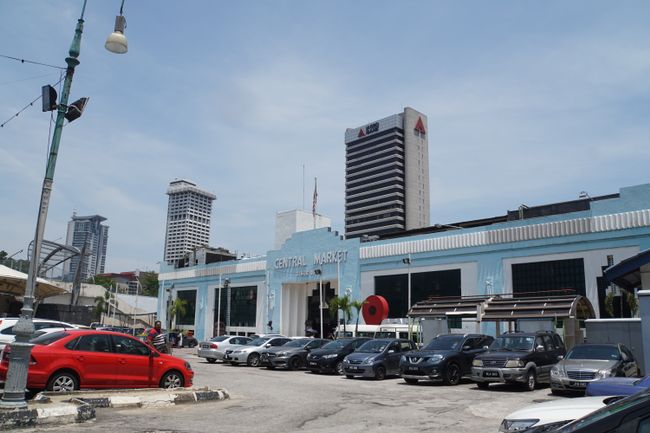
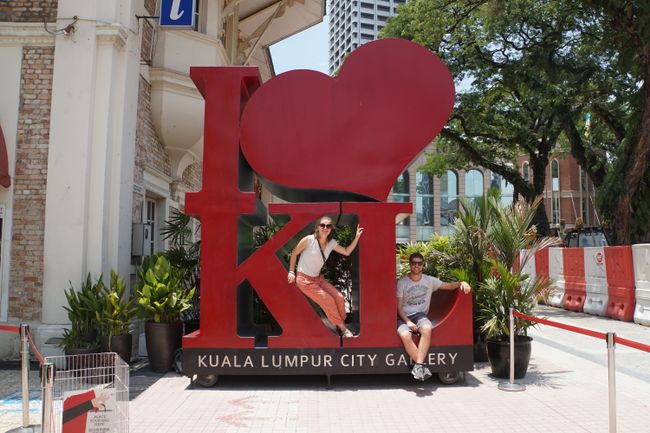
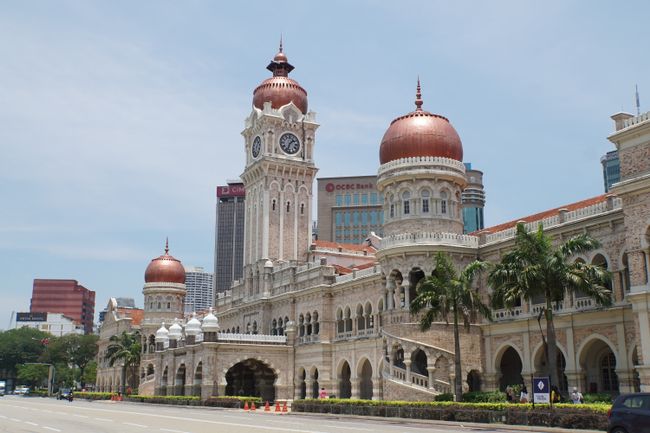
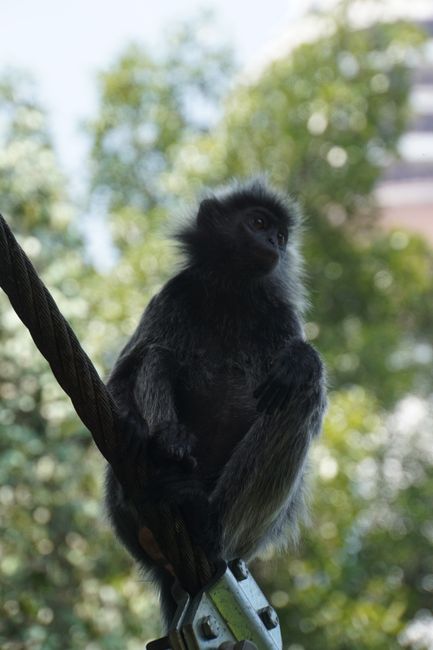
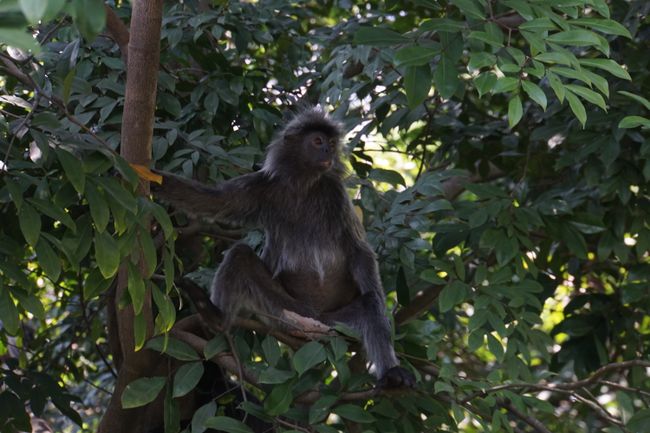
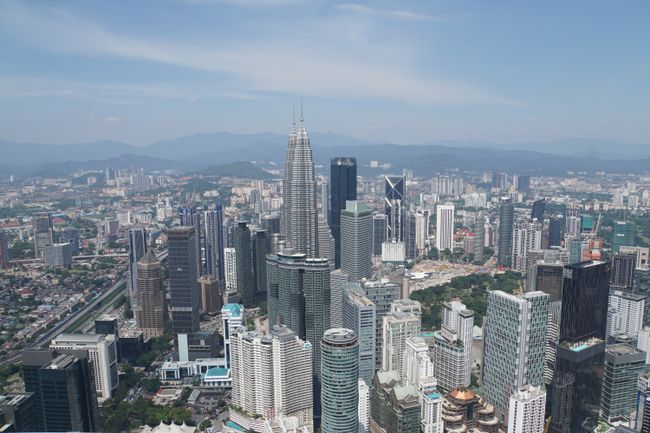
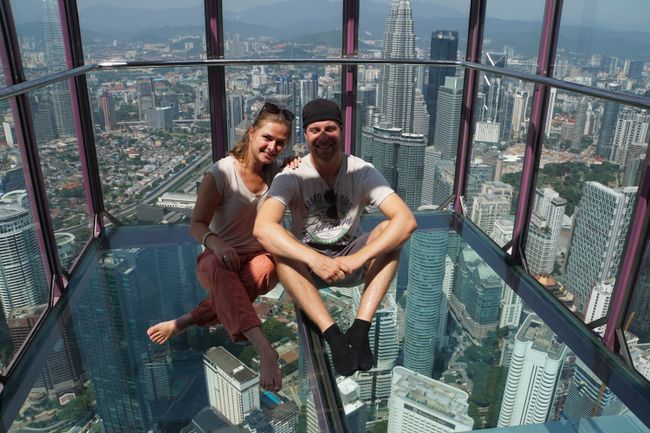
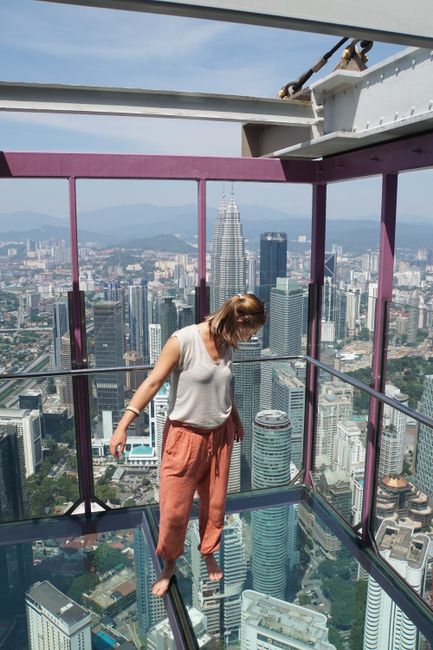
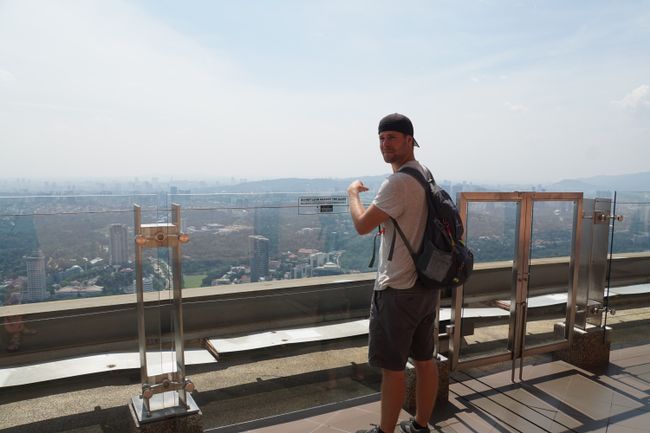
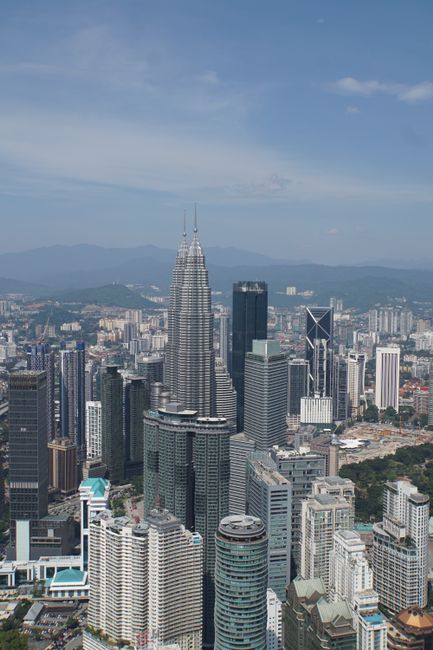
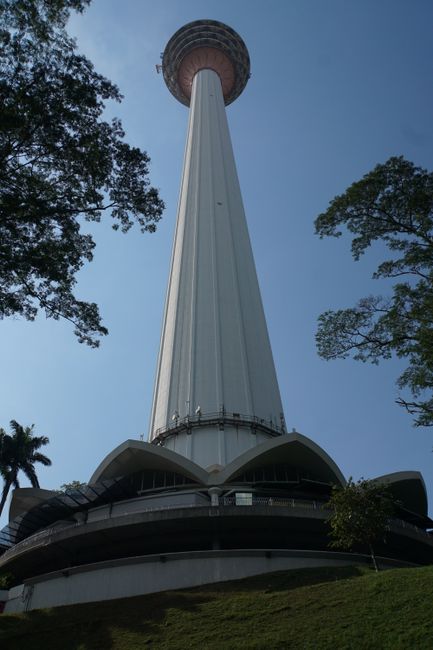
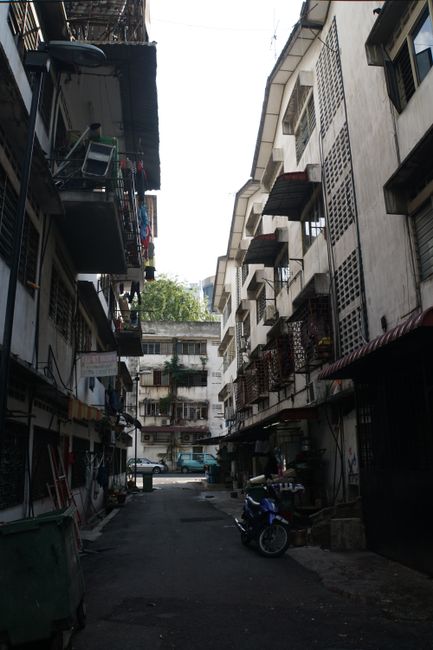
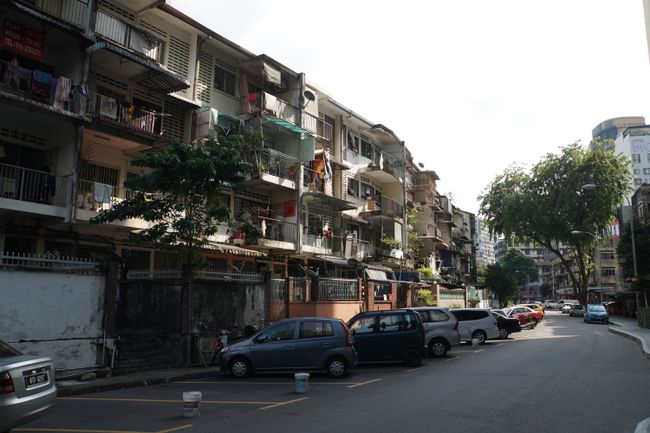
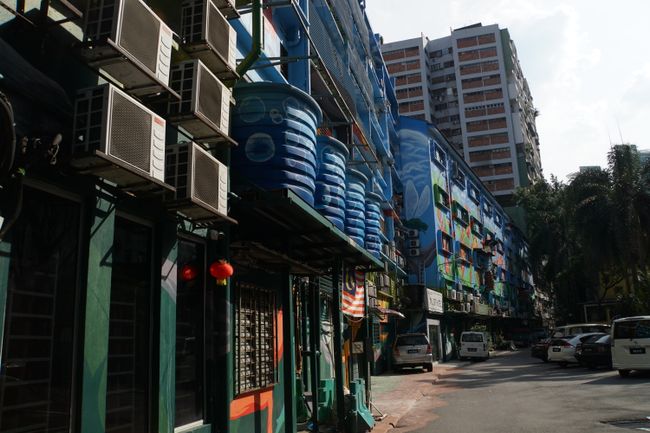
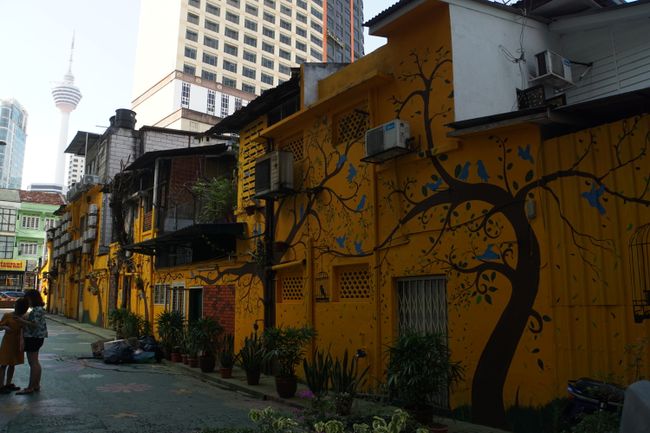
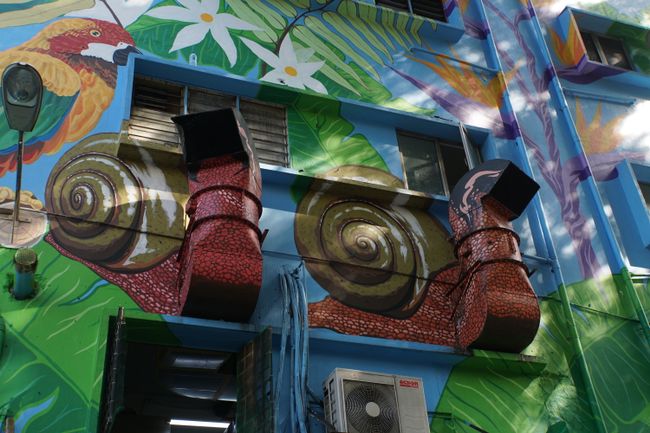
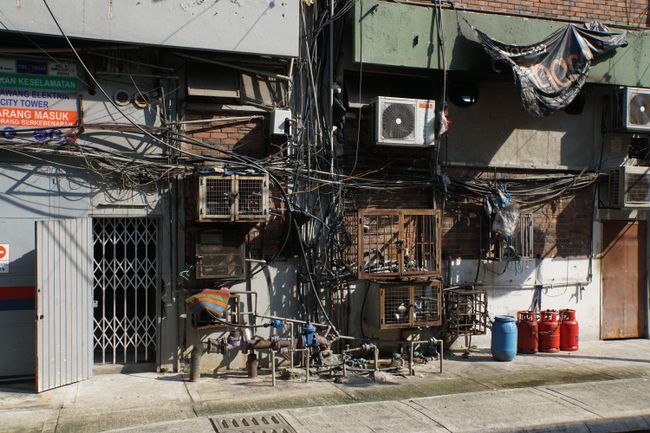
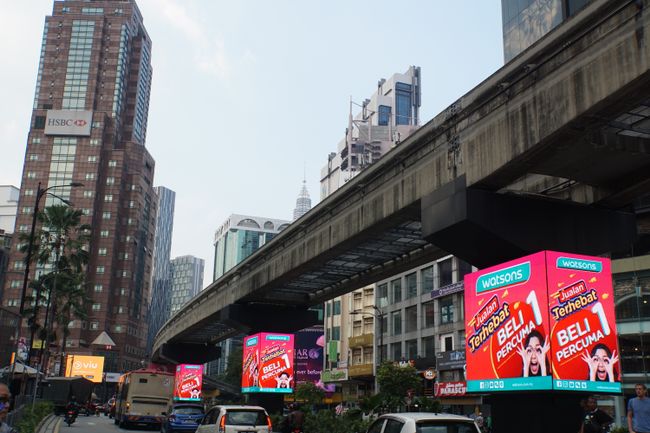
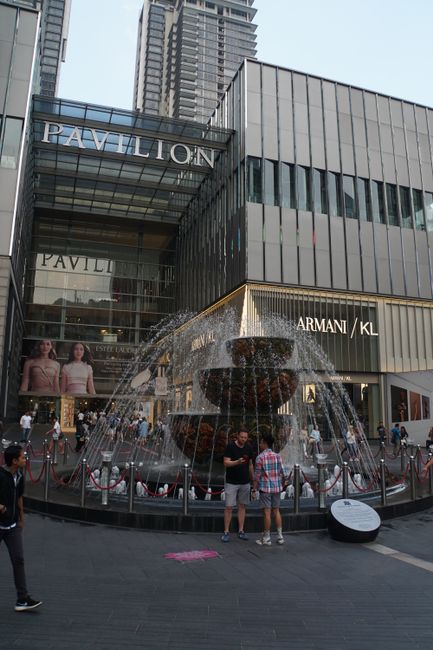
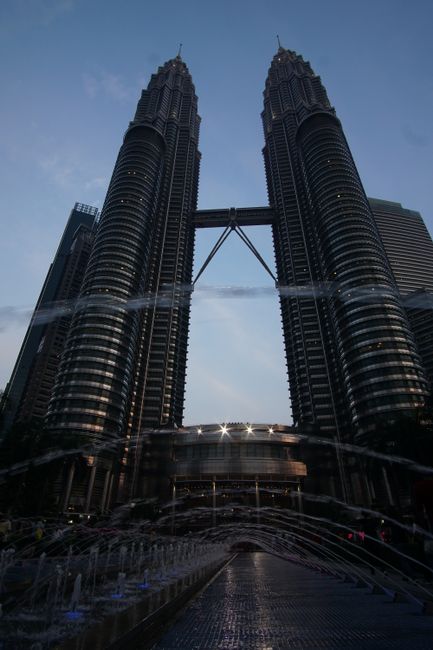
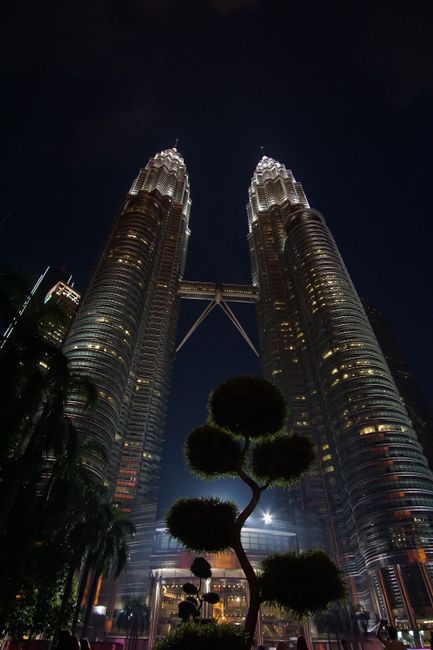
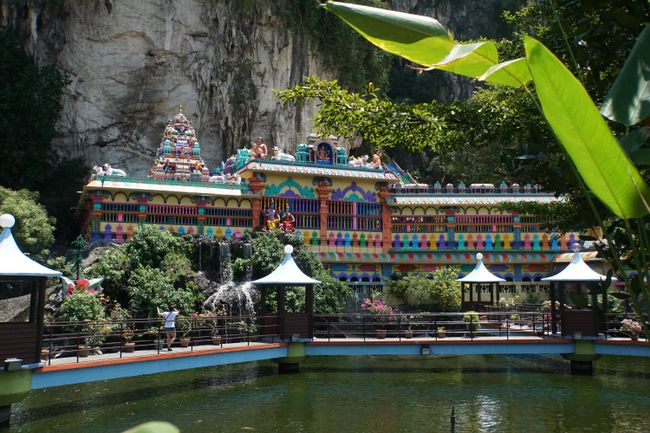
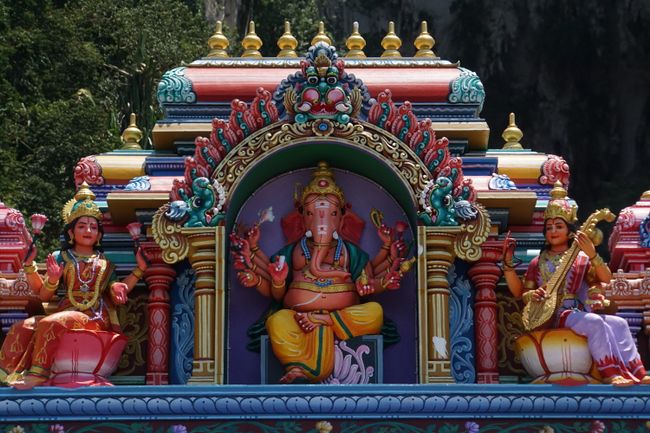
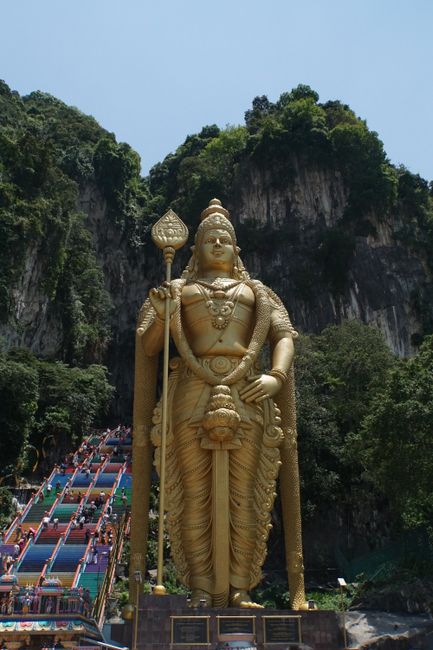
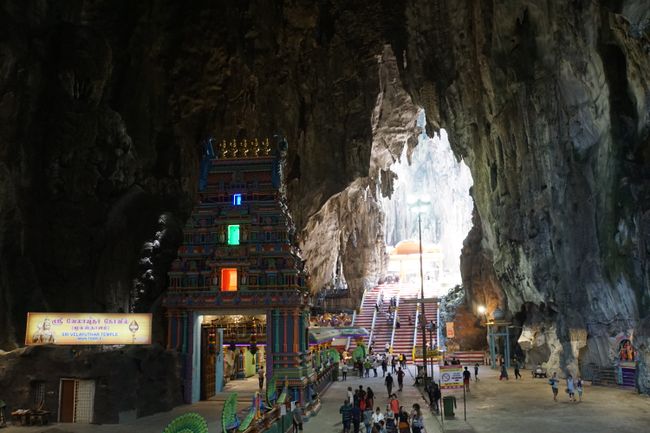
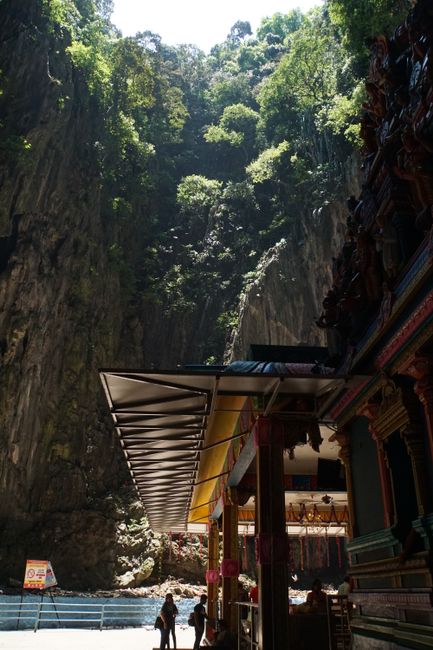
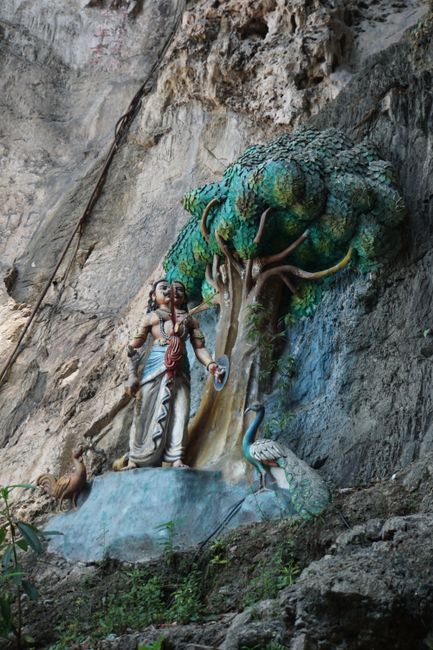
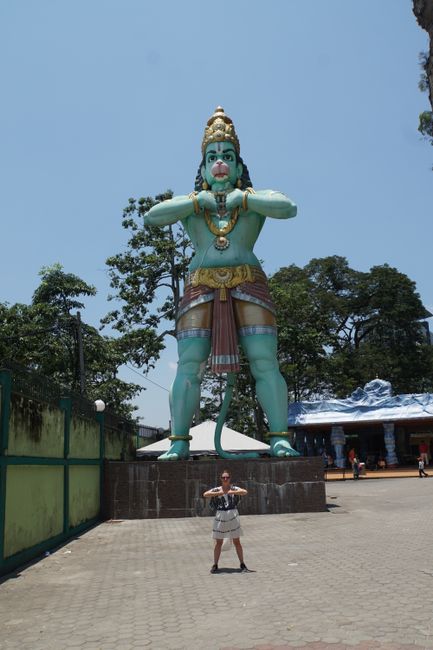
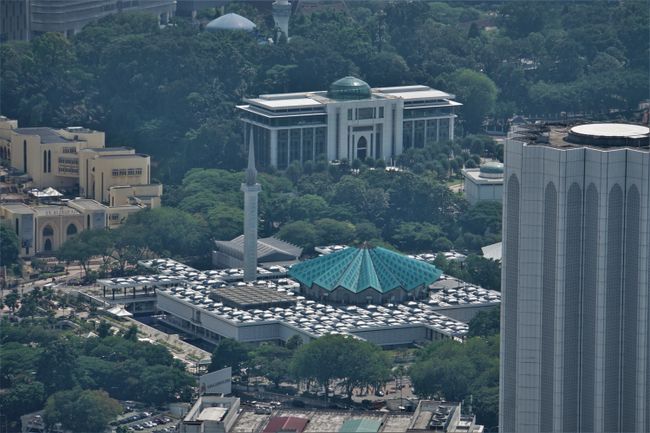
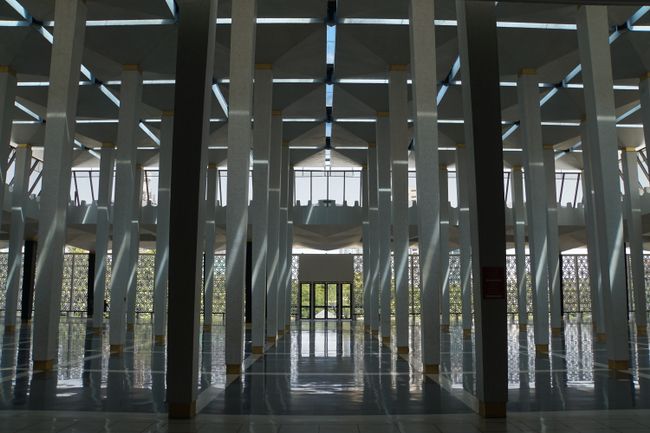
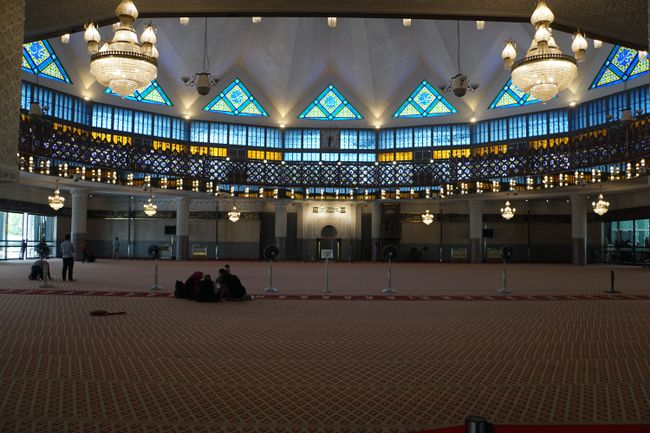
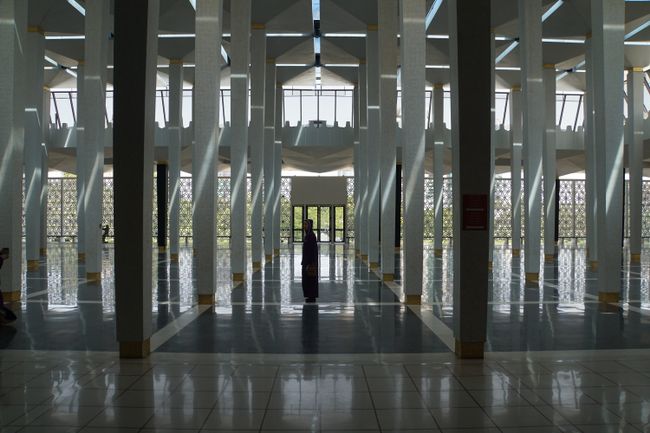
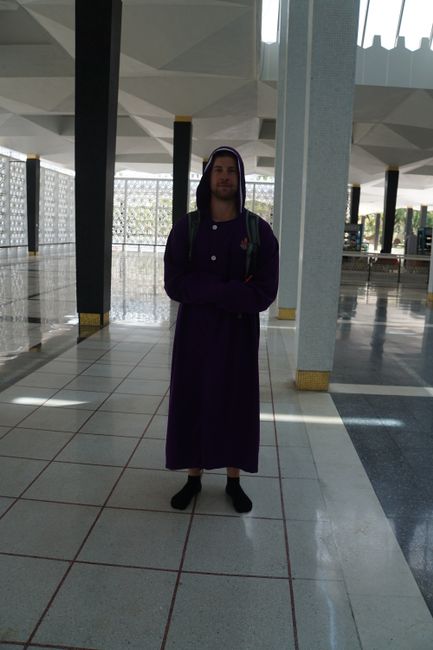
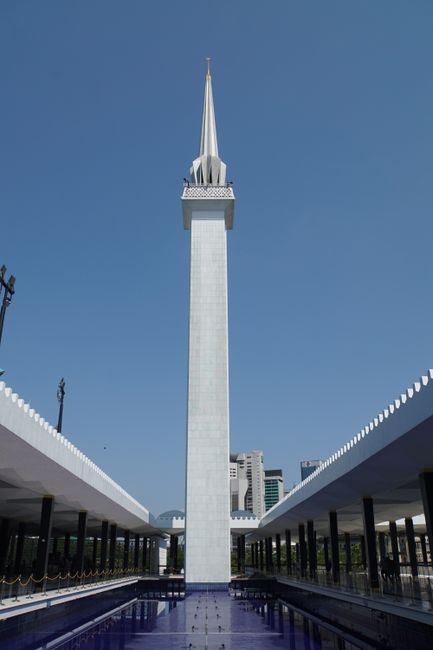
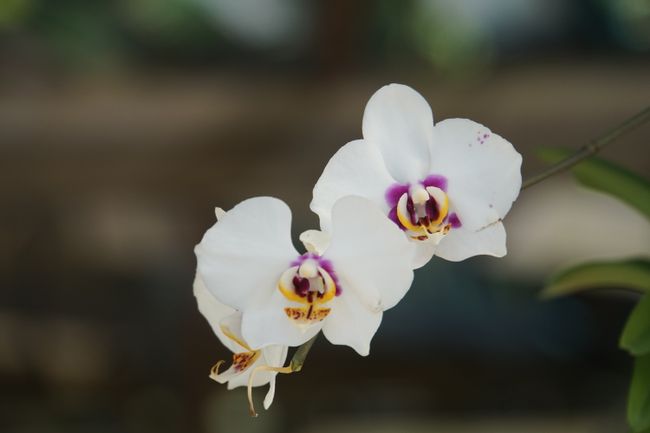
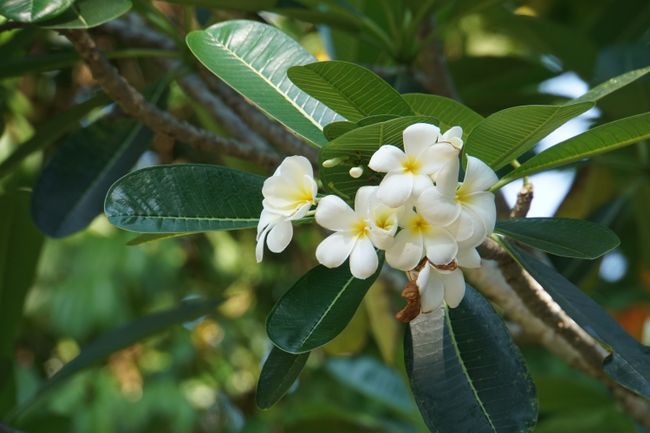
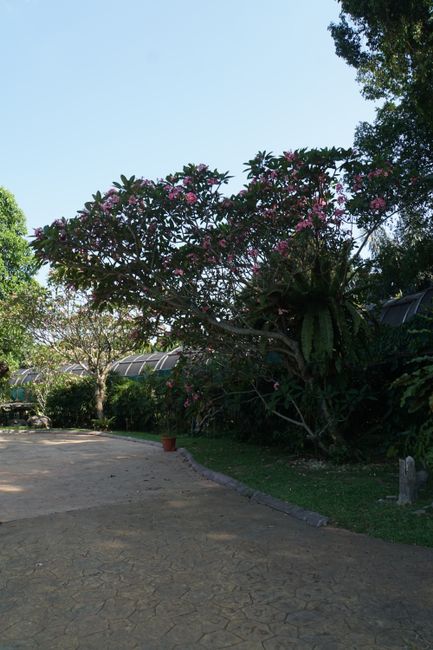
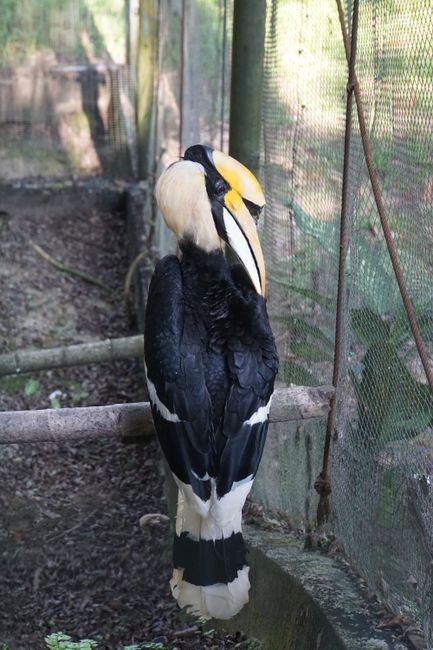
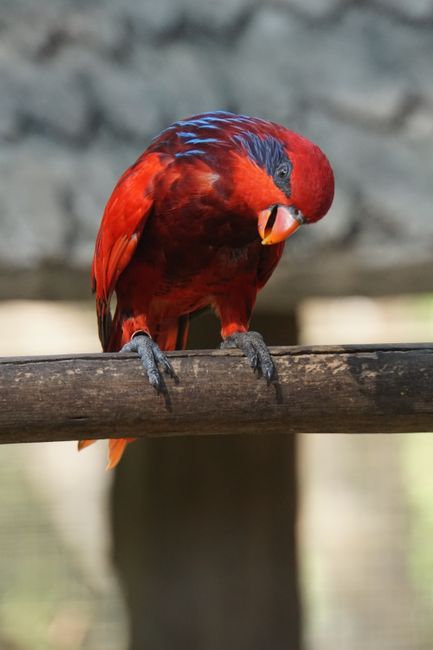
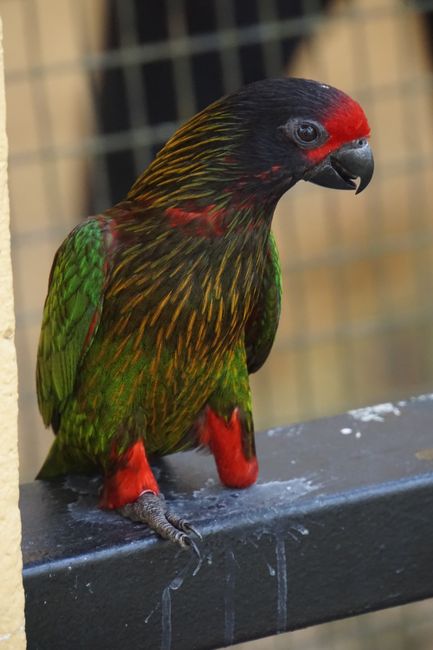
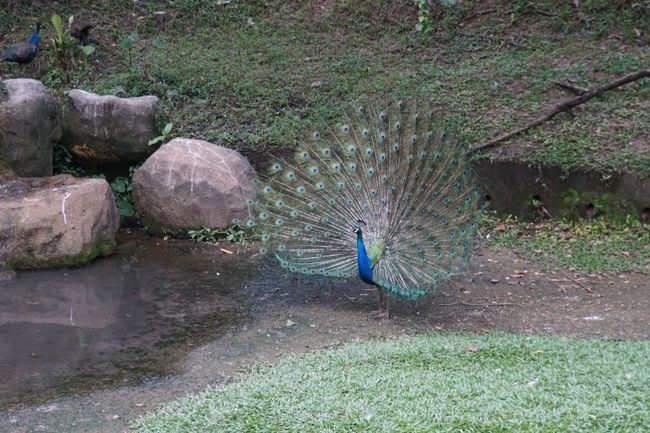

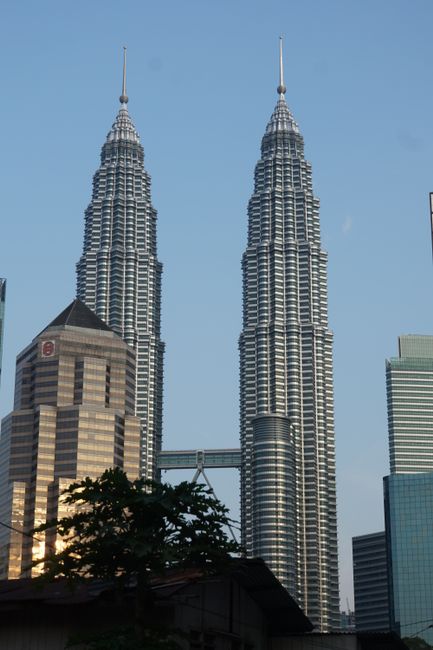
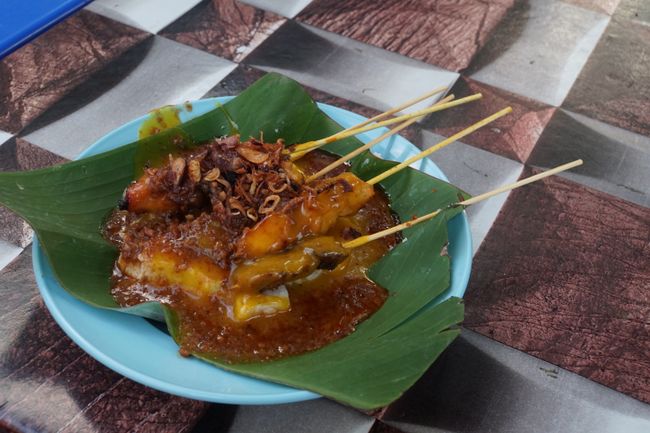
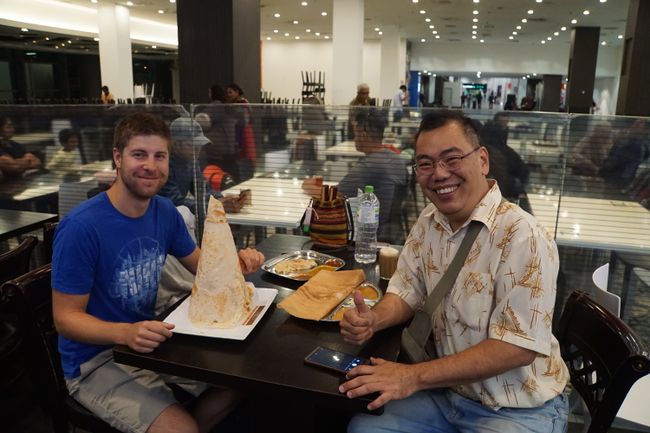
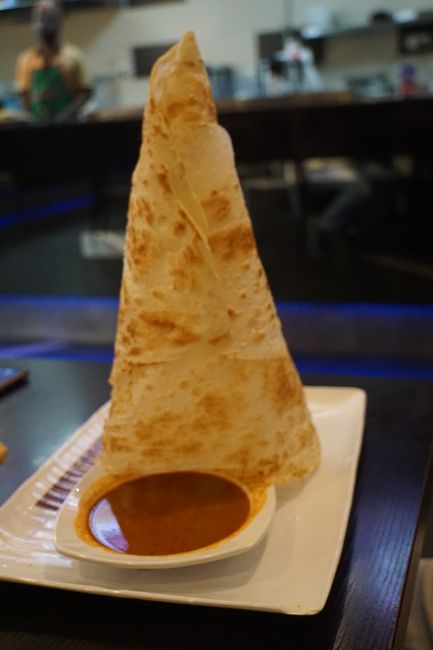
ނިއުސްލެޓަރ އަށް ސަބްސްކްރައިބް ކޮށްލައްވާ
Puh! After more than 29 hours we finally arrive in Kuala Lumpur. Although we were only in the air for about 12 hours in total, the long wait in Melbourne and the lack of sleep take their toll. As we stumble out of the Arrival Hall, we are already greeted with joy by a taxi driver who wants to take us to our hotel. We don't have much desire to find another mode of transportation. The main thing is that we get to a bed quickly.
The lively and far too lively taxi driver turns out to be a lovable tour guide, who gives us all the tips, tricks, and food recommendations on the almost 1-hour car ride to the hotel that he can think of at the moment. He even has a self-made catalog with Kuala Lumpur's most famous sights and specialties in the car. His name is David, as he calls himself, and he was born here in KL - that's what the locals call their city. A real boy from the city and proud of it. He raves about the cultural networking of Malay, Indian, and Chinese influences, which not only greatly expand the culinary offerings. Architecturally, his city also has a lot to offer. Churches, mosques, Indian and Chinese temples stand side by side with modern skyscrapers. The city is growing rapidly, even though there are already more than 1.5 million people living in the immediate metropolitan area. In the metropolitan region, there are even over 8 million people. Kuala Lumpur is by far the largest city in Malaysia. David is overflowing with information and shows us smoothly while driving at full speed on the highway the one or the other mobile photo - on two mobile phones each - of other customers who were all very satisfied with him. So early in the morning, after all, it's only 4 o'clock here, the streets are still empty and outside of Germany, having a mobile phone at the wheel seems to belong. The lack of sleep is doing the rest and we are just tremendously grateful to finally arrive at the hotel. We still take the obligatory selfie with David ('I make a Selfie so I can find you next time!'). After all, other tourists should also be able to look at our faces while they hope to arrive at their destination safely. By the way, the business-savvy David has already offered to pick us up again in two days ('Too short time in Malaysia! Too short!') and take us back to the airport. Easy! We can check in earlier and even get breakfast for today. But before that, we can sleep for another good 4 hours.
The breakfast is already a foretaste of Asia. Although the buffet also offers toast and waffles with jam, as well as fruit, eggs, and bacon, the majority of the dishes offered would pass as lunch with us. Since we are already jet-lagged and it is already long past noon in New Zealand, we decided to try out the savory dishes. There is Nasi Lemak, a kind of rice porridge that can be topped with nuts, dried fish, and spicy pickled vegetables, a very spicy rice noodle soup, fried rice, and small, savory pancakes with onions. Since we are not the sweetest breakfast eaters anyway, we spontaneously extend this meal to brunch.
We start the sightseeing tour full of promise. David has given us the tip to use the trams, pay only one station, and take the train to the end station once, then ride back and get off at the paid station. This way, you get a good first impression and there is no ticket control in the train. After all, there are no tickets. A small chip is enough here. Before boarding, you place it on the turnstiles, which then swing open. When you get off, you simply insert the small chip back into the turnstile. Around the corner from our hotel is the entrance to the monorail line. So instead of paying for all 8 stations to the end station, we only pay for 3, sit in the wagon, and let ourselves be driven through the city on rails above the streets. And indeed, we see everything that David raved about. Between huge glass-covered skyscrapers are small, colorful temples, the minarets of the mosques rise from the turmoil of smaller buildings, and in the distance, we can see the skyline of the city center.
We simply stay on at the end station, the train turns around and takes us back. We get off near the Central Market and continue on foot. Our first stop is Chinatown, where we admire all sorts of knick-knacks and many high-quality brand bags and clothes at very low prices. How do they do it?!?
After the tour, Laura is richer by a fan because it's hot! And humid. Even now, we are already looking forward to the evening shower, even though we have just started the day.

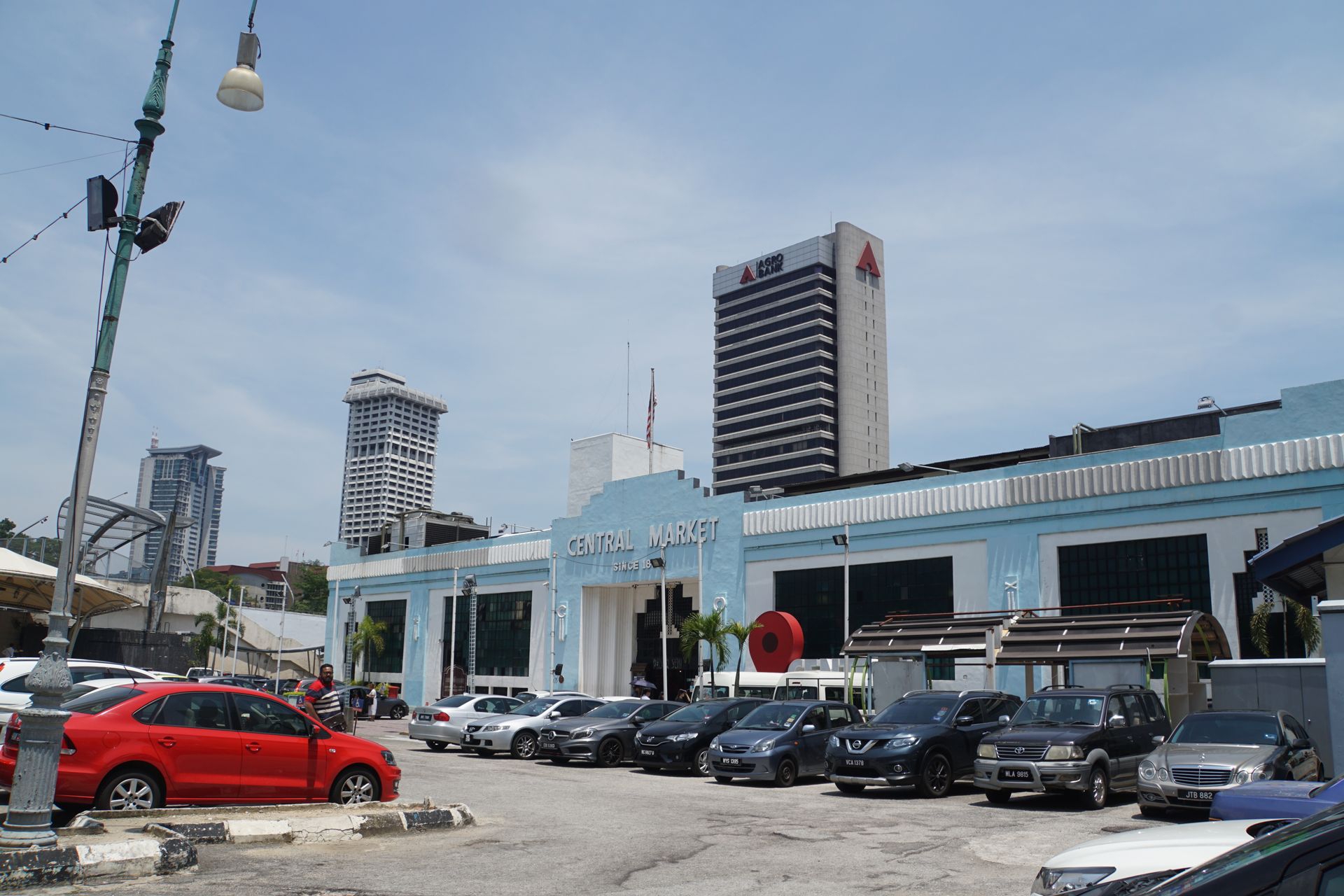
We continue past the KL City Gallery, a museum that provides insight into the history of Kuala Lumpur, to the Sultan Abdul Samad Building at the Merdeka Square, the 'Independence Square.' The handsome white-red building was built at the end of the 19th century and was initially used as an office building by the British colonial administration. After Malaysia gained independence in 1957, the building was used for various other purposes. Today it houses the ministries of communication and tourism. Of national importance, however, is the Merdeka Square, because on this square, the British Union Jack flag was taken down on August 31, 1957, and the Malay flag was raised for the first time in history. Unfortunately, the square is under renovation and is surrounded by a construction fence. We also don't have time to visit the buildings from the inside, so we quickly move on.


The Sultan Abdul Samad Building
We want to go up high today, so we head towards the 421-meter-high Menara Kuala Lumpur, also known as the KL Tower. This is the tallest television tower in the country and the seventh tallest television tower in the world. It attracts visitors with an observation deck at a height of almost 300 meters, from which you can also have a wonderful view of the famous Petronas Twin Towers, the landmark of Kuala Lumpur. The walk there is not to be underestimated, as the tower is located in the middle of a small park where we can walk through a small botanical garden and jungle via suspension bridges and observe a family of monkeys. The animals are part of Kuala Lumpur's cityscape. We have read a lot about entire gangs of monkeys that systematically rob street stalls. It is also said that if you have a camera or glasses, you should always have something to swap with. They are at least rather uninterested in us and can be wonderfully portrayed.
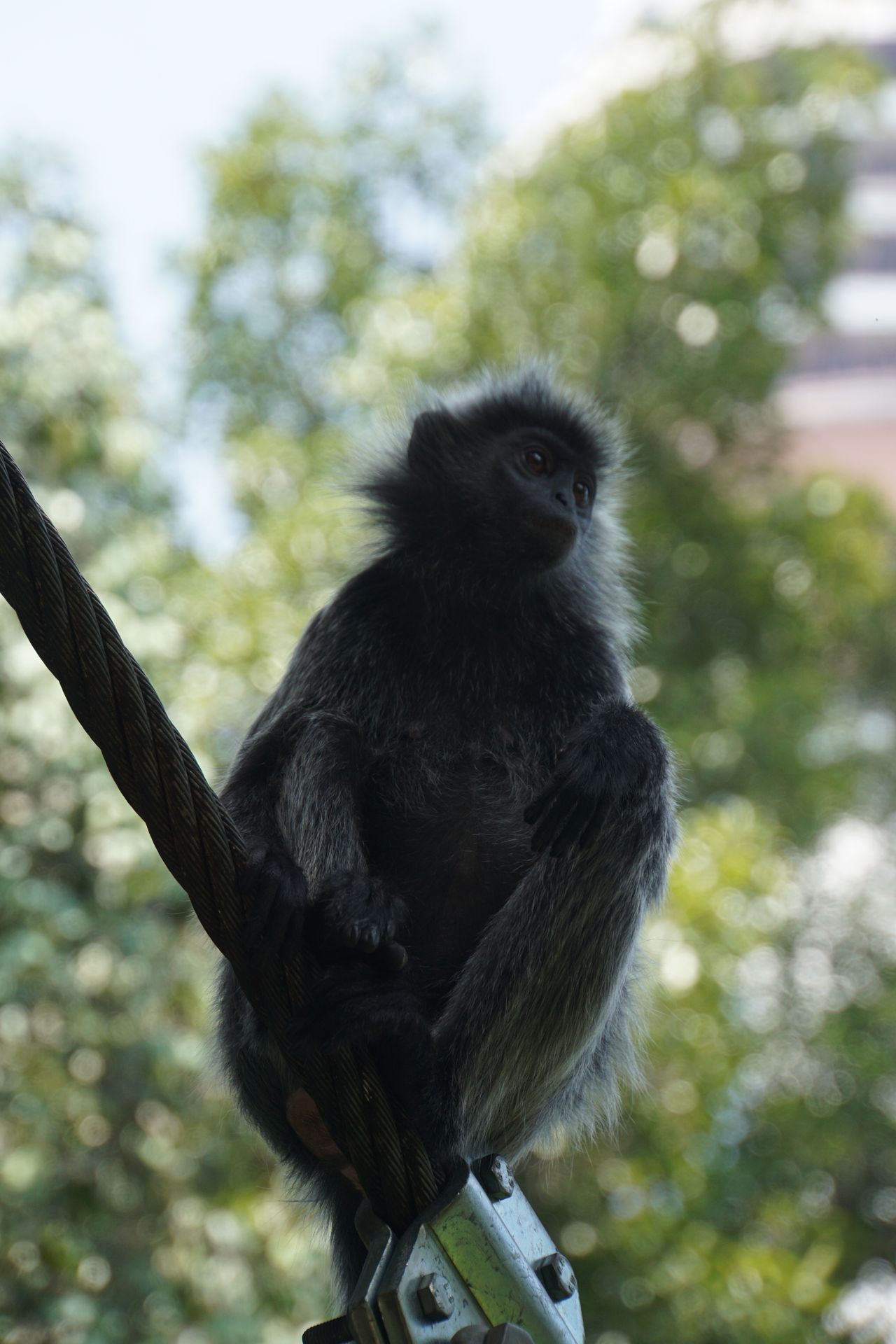
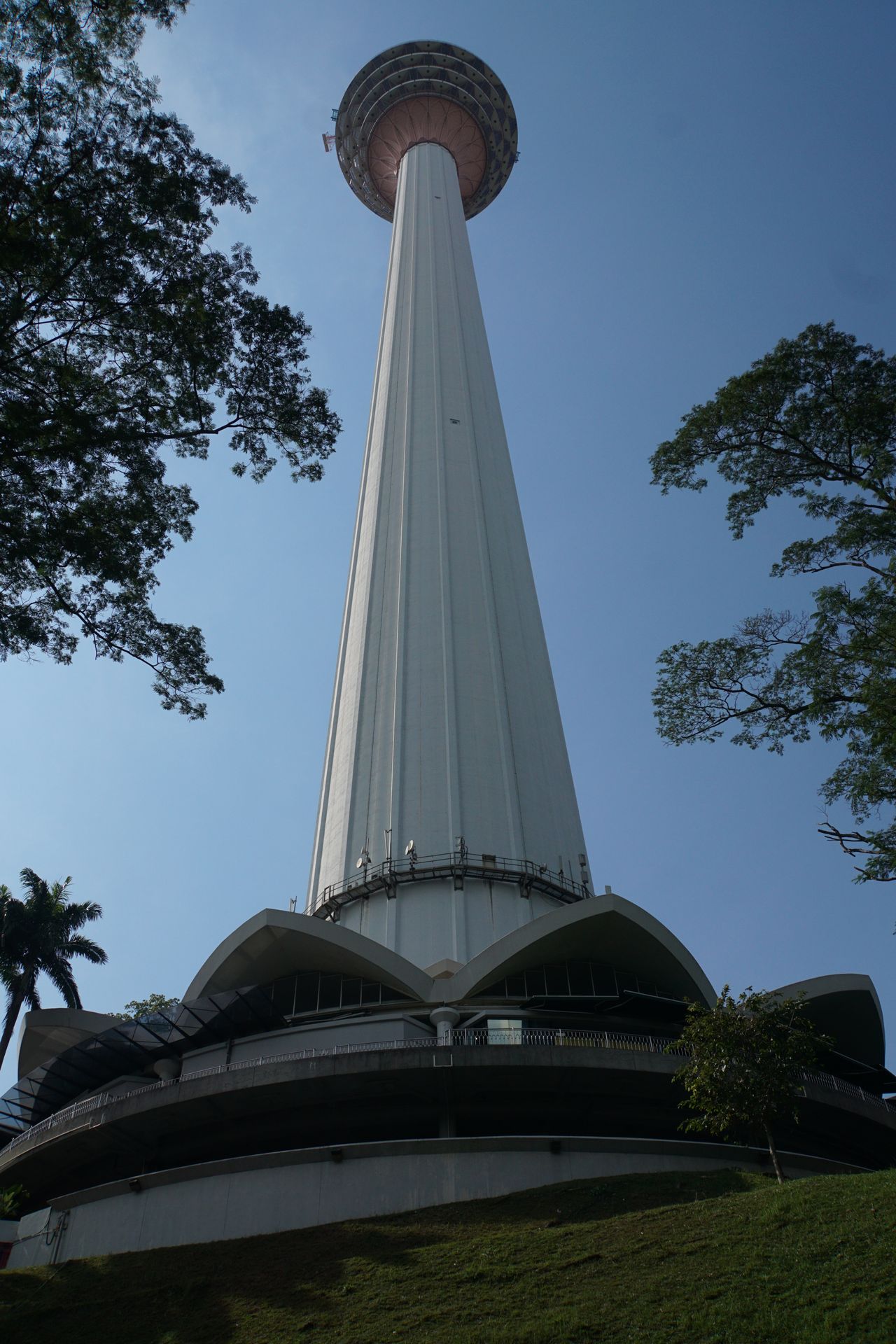
When we arrive at the KL Tower, a huge surprise awaits us: it's empty! Not a soul is waiting at the elevator. A very friendly salesperson helps us at the machine and assures us that he has never seen anything like it. Usually, you have to wait at least 40-60 minutes. But this time we get a ticket for the Sky Deck and a minute later we are already in the elevator. It takes us 300 meters high above the ground. We deliberately chose to visit the KL Tower because from there you have a great view of Kuala Lumpur's landmark, the Petronas Towers. And sure enough, we immediately see these twin towers when we step onto the open observation deck just 54 seconds later. The panoramic view over the city is wonderful. Of course, we see all the skyscrapers in downtown, the chic residential buildings with a pool on the roof, and also the small temples, the Masjid Negara (the National Mosque with its unmistakable blue roof), as well as the many gardens that make the city much greener than we expected.
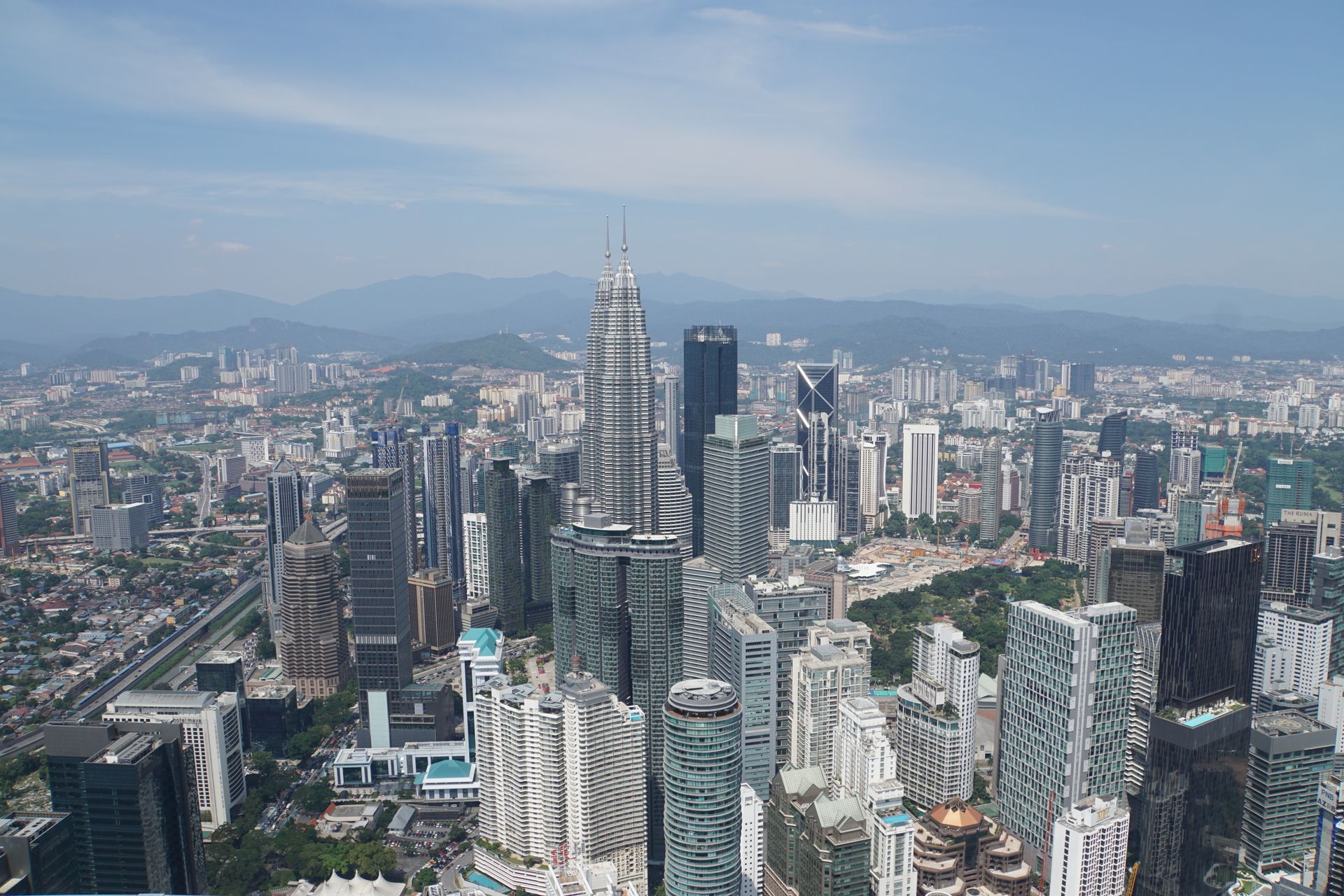
Somehow, even the height-sick Laura gets overwhelmed, and we can use this unusual risk appetite to take a really crazy photo in one of the two photo booths. So, we float on a glass pane (or three to four 1cm thick glass plates each) at over 300m above the ground and smile into the camera. Can be done (it was only half as bad - maybe because it's just unrealistically high).

In Kuala Lumpur, it's always about 'seeing and being seen'. The streets are full of people with selfie sticks, Instagram-worthy outfits, and shopping bags. Everyone who can afford to buys something. It feels like there are more malls, upscale boutiques, and shopping streets with hip and open late at night stores here than in all the cities we have been to so far combined. And, of course, we cannot miss out on a mall with much sought-after air conditioning. On our way to the KLCC, the huge mall under the Petronas Towers, we stroll through the Bintang Street, decorated with colorful fairy lights and lanterns. Especially in the evening, there is a lot going on here, and the small shops are often open until the early hours of the morning. At the head of the street, we find the Pavilion Kuala Lumpur, one of the most famous malls in the city. With almost 130,000 m² of retail space, 550 shops, and restaurants, it offers everything the more or less well-off buyer's heart desires. Of course, all kinds of high-priced brands are represented here, but the higher we go, the more affordable it becomes.

As it slowly gets dark, we now head straight to the Petronas Towers. These twin towers, built by the eponymous oil company, are still a good bit higher than the KL Tower at 452 meters and were the tallest buildings in the world until 1998 (now the towers are in 16th place!). Before it gets completely dark, we also take a look at the gigantic 135,000 m² Suria KLCC Mall at the feet of the iconic Twin Towers. Madness, how much consumption screams from every tile here. The floors are made of marble, everything is clean, chic, and illuminated. It flashes and glitters and smells like room perfumes. A stark contrast to the outside, not only in terms of temperature.
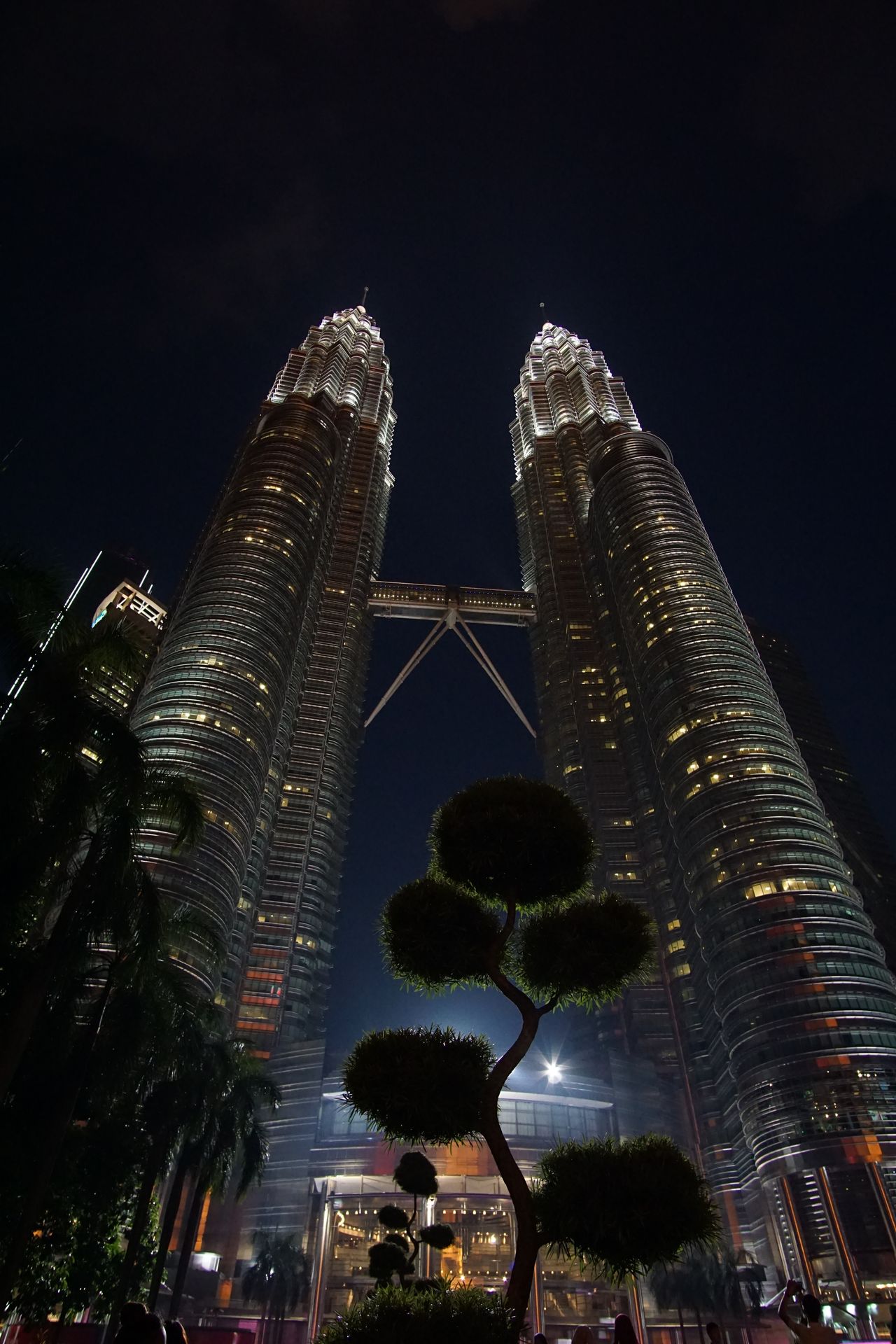
We are exhausted and make our way back home. The many high-rise buildings with their steel and concrete confuse our navigation system, but it takes longer than planned.
The next morning, David is already waiting for us at 3 o'clock in our foyer. Of course, he wants to know everything we have seen and eaten. We found and tried his two tips, Nasi Lemak and Satay Skewers. Unfortunately, we couldn't find the Indian-inspired specialty Roti Canai that David recommended anywhere. So David takes care of the problem and, once we arrive at the airport, he quickly guides us past all the other waiting passengers at the check-in counter so that we can drop off our luggage without queuing. Then he hurriedly leads us to the food court in the basement, where the locals go ('It's much cheaper here!'). And here we feast on all the Indian-Malay bread with its different sauces. The dough is stretched long and thin and then folded and fried. For the fantastic tower, a napkin bread, the dough is pulled so thin that it becomes almost transparent and then fried crispy and sprinkled with sugar. Everything is dipped in spicy, flavorful sauces or coconut milk. A really great breakfast for today (at 4 o'clock in the morning).
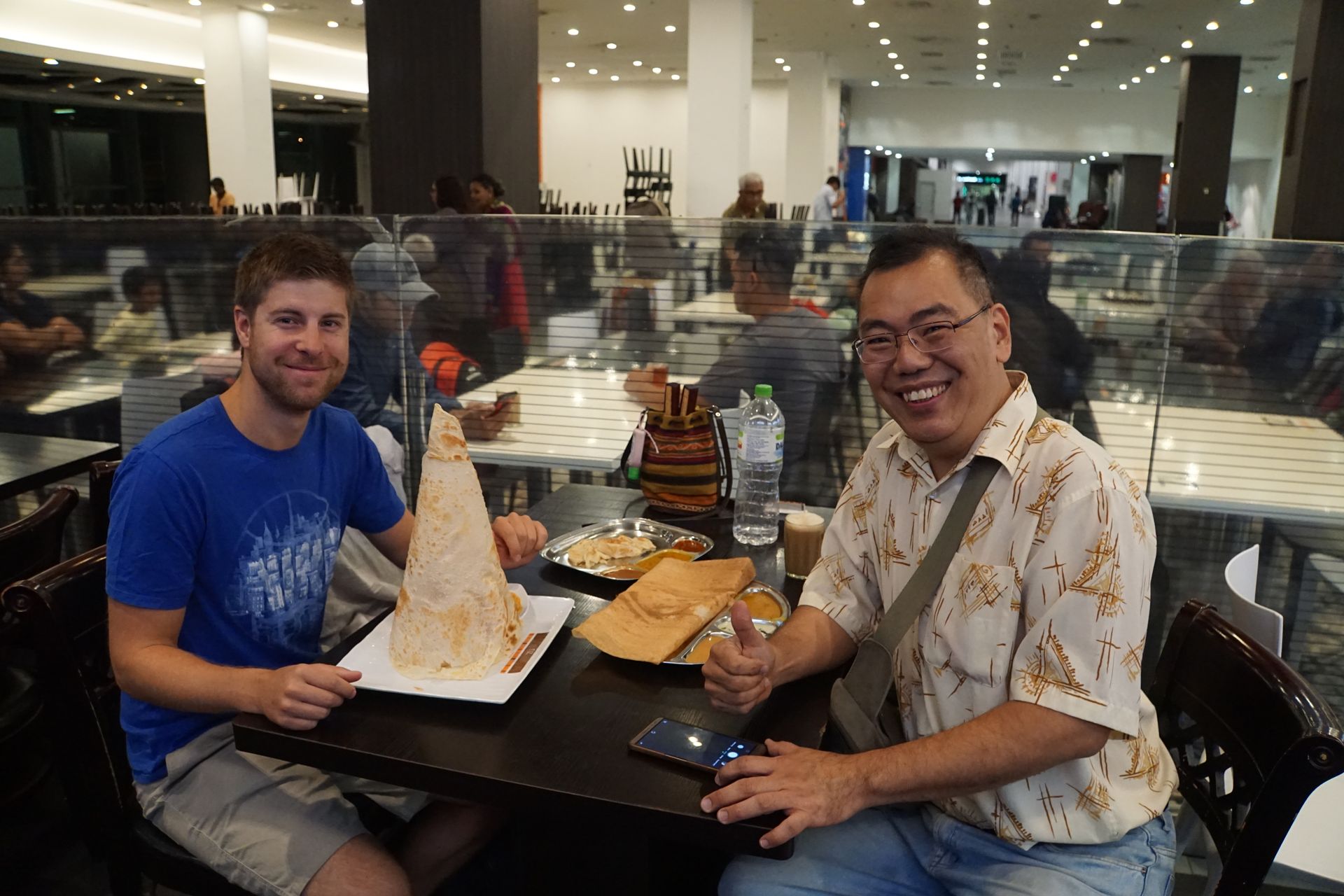
Then we're off to Vietnam. In a few hours, we'll meet Laura's sister there and explore Hanoi and northern Vietnam together.
ނިއުސްލެޓަރ އަށް ސަބްސްކްރައިބް ކޮށްލައްވާ
ޖަވާބު
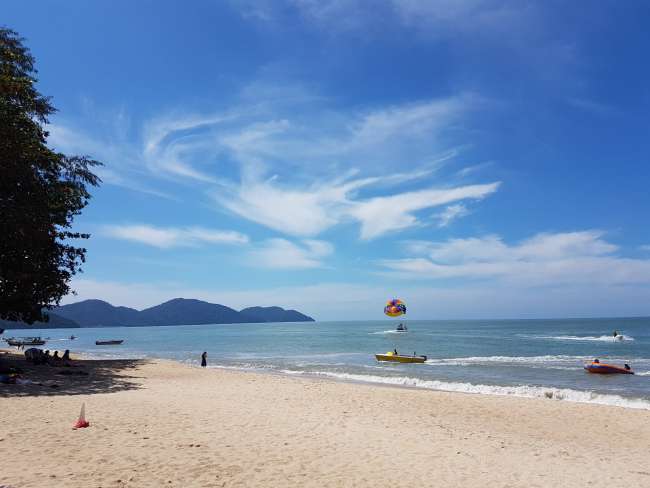
ދަތުރު ރިޕޯޓްތައް މެލޭޝިޔާއިންނެވެ
